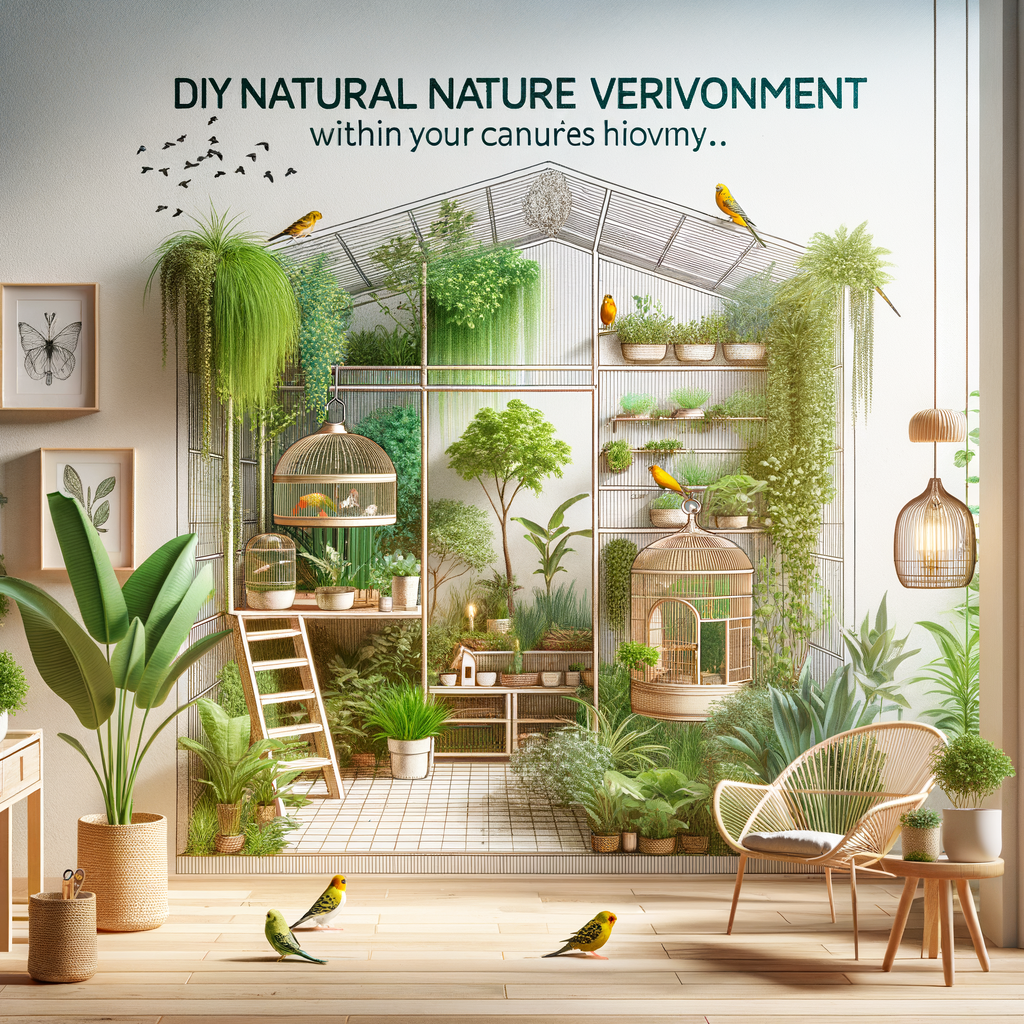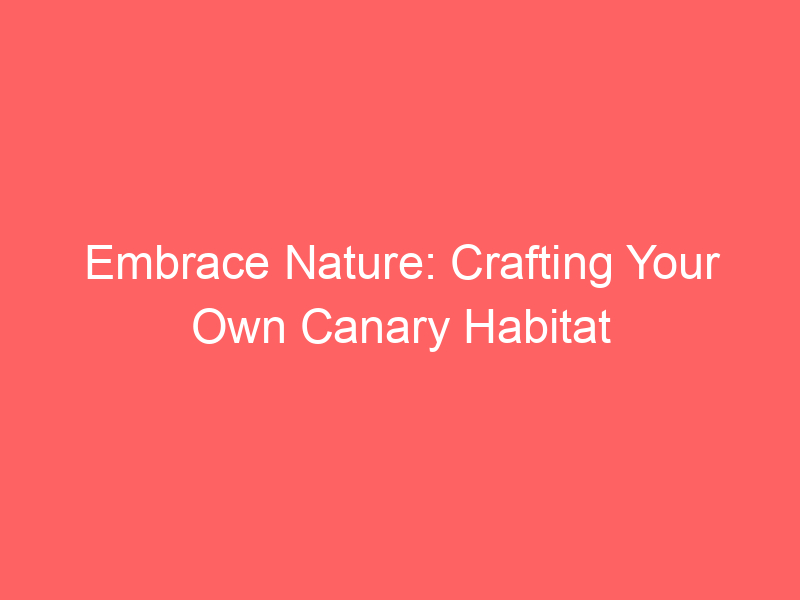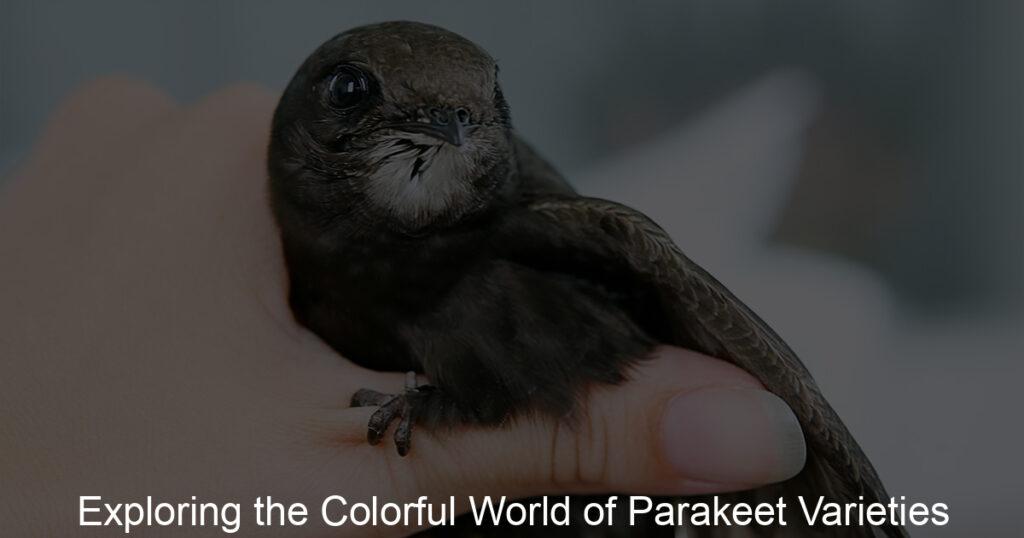
Introduction to Natural Living Lifestyle
Our world is rapidly changing, and it’s essential that we adapt to these changes in a way that promotes both our health and the health of our planet. One way to do this is by adopting a Natural Living Lifestyle. But what exactly does this mean, and how can it benefit us? Let’s explore.
- Understanding the Concept of Natural Living Lifestyle
- Benefits of Adopting a Natural Living Lifestyle
- How Natural Living Lifestyle Contributes to Sustainable Living
A Natural Living Lifestyle is all about making choices that are in harmony with nature. It involves eating organic foods, using natural products, reducing waste, and living sustainably. It’s about being mindful of our actions and their impact on the environment. It’s not just a trend, but a way of life that can lead to a healthier and happier existence.
Adopting a Natural Living Lifestyle has numerous benefits. For starters, it can lead to improved health. By eating organic foods and using natural products, we can reduce our exposure to harmful chemicals. It can also lead to a more peaceful and fulfilling life. By living in harmony with nature, we can experience a sense of calm and contentment that is often missing in our fast-paced, technology-driven world.
A Natural Living Lifestyle is inherently sustainable. By making choices that are good for us and the environment, we are contributing to the sustainability of our planet. This includes things like reducing waste, conserving resources, and supporting local businesses. It’s a lifestyle that not only benefits us, but also future generations.
In conclusion, a Natural Living Lifestyle is about more than just being “green”. It’s about making conscious choices that promote health, happiness, and sustainability. It’s a lifestyle that can lead to a better quality of life for us and for our planet.
Canary Environments: A Dive into Their Natural Habitats
Canaries, known for their vibrant colors and melodious songs, are native to the Canary Islands. Understanding their natural habitats is crucial for their health and well-being. Let’s take a deep dive into their natural environments and learn why it’s important to replicate these conditions.
- Understanding the natural habitats of Canaries
Canaries originate from the Canary Islands, a group of islands off the northwest coast of Africa. Their natural habitat is diverse, ranging from arid desert regions to lush green forests. They are accustomed to a mild climate with plenty of sunlight and fresh air. In the wild, they feed on a variety of seeds, fruits, and insects.
- Importance of replicating natural habitats for Canaries
Replicating the natural habitat of Canaries is essential for their health and happiness. A cage that mimics their natural environment helps reduce stress and promotes natural behaviors. It should include elements such as perches of different sizes and shapes, a variety of food, and exposure to sunlight. Providing a habitat that closely resembles their natural environment can significantly improve their quality of life.
- Case Study: Successful Canary habitats and their impact on the bird’s health
Research has shown that Canaries thrive best when their environment closely resembles their natural habitat. A study conducted by the Avian Research Center found that Canaries housed in environments that mimicked their natural habitat showed improved health and longevity. They were more active, had better feather condition, and lived longer than those in standard cages.
| Canaries in Standard Cages | Canaries in Natural Habitats |
|---|---|
| Less active | More active |
| Poor feather condition | Improved feather condition |
| Shorter lifespan | Longer lifespan |
In conclusion, understanding and replicating the natural habitats of Canaries is not just beneficial but essential for their health and well-being. As responsible pet owners, it’s our duty to provide them with an environment that closely resembles their natural habitat.
Creating Natural Habitats: A Step by Step Guide
Creating a natural habitat in your home is not as difficult as it may seem. With a little planning and the right materials, you can create a beautiful and healthy environment for your indoor pets or simply to enjoy the beauty of nature indoors. Here’s a step-by-step guide to help you create your own indoor natural habitat.
- Identifying the right location in your home
- Choosing the right materials for the habitat
- Setting up the habitat: DIY natural environments
- Maintaining the habitat: Tips and tricks
Choosing the right location is the first step in creating a natural habitat. The location should have enough space for the habitat and should be easily accessible for maintenance. Consider the amount of natural light the location receives, as this can affect the types of plants and animals that can thrive in the habitat. For example, a sunny window might be a great location for a habitat for plants that need lots of light, while a shady corner might be better for creatures that prefer cooler, darker environments.
Once you’ve chosen the location, the next step is to select the right materials. This includes the type of enclosure or tank, the substrate (the material on the bottom of the habitat), and the decorations. The materials you choose should be safe for the plants and animals in the habitat and should mimic their natural environment as closely as possible. For example, if you’re creating a habitat for a desert-dwelling reptile, you might choose a sandy substrate and rocks for decoration.
Setting up the habitat can be a fun and rewarding project. Start by placing the substrate in the bottom of the enclosure, then add the decorations. Be sure to arrange the decorations in a way that provides hiding places for the animals and allows the plants to receive enough light. Next, add the plants and animals. Remember to introduce animals to their new habitat gradually to reduce stress.
Maintaining the habitat is crucial for the health and wellbeing of the plants and animals. This includes regular cleaning, feeding the animals, watering the plants, and monitoring the temperature and humidity levels. One tip is to keep a schedule of when each task needs to be done to ensure nothing is forgotten. Another tip is to research the specific needs of the plants and animals in your habitat to ensure they are being met.
In conclusion, creating a natural habitat in your home can be a rewarding experience that brings a piece of nature indoors. With the right location, materials, and maintenance, you can create a thriving environment for plants and animals to enjoy.
Eco-friendly Home: Incorporating Indoor Nature Environments
As we continue to explore the benefits of a natural living lifestyle, we come across a new trend that is gaining popularity – Green Living Spaces. These are not just about having a few potted plants around your home. It’s about creating an environment that promotes a healthier and more sustainable lifestyle.
Green Living Spaces: A New Trend
Green Living Spaces are all about incorporating nature into our everyday living environments. They are designed to bring the outdoors inside, creating a healthier and more relaxing space.
- Understanding the concept of Green Living Spaces
- Benefits of Green Living Spaces
- Examples of Green Living Spaces
Green Living Spaces are designed to mimic natural environments. This could include having indoor plants, using natural materials for furniture, and maximizing natural light. The idea is to create a space that promotes relaxation, reduces stress, and improves air quality.
Green Living Spaces offer numerous benefits. They improve air quality by filtering out harmful toxins. They also increase humidity, which can be beneficial in dry climates or during winter months. Additionally, being around nature has been shown to reduce stress and promote a sense of well-being.
There are many ways to create a Green Living Space. Some people choose to have a wall of plants, while others prefer a more subtle approach with a few strategically placed potted plants. Some even go as far as creating an indoor garden or greenhouse. The possibilities are endless and can be customized to fit any lifestyle and budget.
In conclusion, Green Living Spaces are more than just a trend. They are a way of life that promotes health, sustainability, and a closer connection to nature. By incorporating nature into our homes, we can create a space that not only looks beautiful but also improves our quality of life.
Home Gardening: A Step Towards Organic Living Spaces
Home gardening is a wonderful way to incorporate nature into your living space. It’s not just about the beauty of the plants, but also about the benefits they bring to our lives. Let’s explore the benefits of home gardening, how to start your own garden, and how to choose the right plants for your garden.
- Benefits of Home Gardening
- Improves air quality: Plants absorb carbon dioxide and release oxygen, which can help improve the air quality in your home.
- Reduces stress: Gardening can be a therapeutic activity that helps reduce stress and anxiety.
- Provides fresh produce: If you grow fruits and vegetables, you will have access to fresh produce that is free of chemicals and pesticides.
- How to Start Your Own Home Garden
- Choose a location: Find a spot in your home that gets plenty of sunlight. This could be a window sill, balcony, or even a corner of your living room.
- Choose your plants: Decide what type of plants you want to grow. This could be flowers, herbs, vegetables, or a mix of all three.
- Prepare the soil: Get good quality potting soil and prepare it for planting. This usually involves adding compost or fertilizer to enrich the soil.
- Plant your seeds: Plant your seeds or seedlings according to the instructions on the packet. Make sure to water them regularly.
- Choosing the Right Plants for Your Home Garden
- Consider the light: Different plants require different amounts of light. Make sure to choose plants that will thrive in the amount of light your home gets.
- Consider the size: Some plants grow larger than others. Make sure to choose plants that will fit in your space as they grow.
- Consider your lifestyle: Some plants require more care than others. Choose plants that fit your lifestyle and the amount of time you can devote to caring for them.
Home gardening can bring a lot of benefits. It’s not just about making your home look beautiful, but also about improving your health and well-being. Here are some benefits of home gardening:
Starting a home garden can be a fun and rewarding experience. Here are some steps to get you started:
Choosing the right plants for your home garden can make a big difference in its success. Here are some tips:
Home gardening is a wonderful way to bring nature into your home and enjoy the many benefits it provides. So why not start your own home garden today?
Conclusion: Embrace Nature, Embrace Life
As we reach the end of our journey, it’s time to reflect on what we’ve learned and how we can apply it to our lives. Let’s take a moment to revisit the importance of natural habitats for Canaries, the key takeaways on creating your own Canary habitat, and our final thoughts on the Natural Living Lifestyle.
- Recap of the importance of natural habitats for Canaries
- Key takeaways on creating your own Canary habitat
- Final thoughts on the Natural Living Lifestyle
Canaries, like all creatures, thrive best in their natural habitats. These environments provide them with the right balance of food, shelter, and social interaction. They also offer a variety of stimuli that keep these birds mentally and physically healthy. By replicating these conditions as closely as possible, we can ensure our feathered friends lead happy, fulfilling lives.
Creating a natural habitat for your Canary isn’t as daunting as it might seem. The key is to focus on the essentials: a spacious cage, a balanced diet, plenty of fresh water, and opportunities for exercise and social interaction. Remember, the goal is to mimic the bird’s natural environment as closely as possible. With a little effort and creativity, you can create a haven your Canary will love.
Embracing the Natural Living Lifestyle is about more than just caring for our pets. It’s about recognizing our role in the larger ecosystem and making choices that promote harmony with nature. Whether it’s choosing eco-friendly products, reducing waste, or creating natural habitats for our pets, every small action contributes to a healthier, more sustainable world.
As the great naturalist John Muir once said, “In every walk with nature, one receives far more than he seeks.” By embracing nature in our lives and our homes, we not only enrich the lives of our pets but also our own. So, let’s embrace nature, and in doing so, embrace life.








